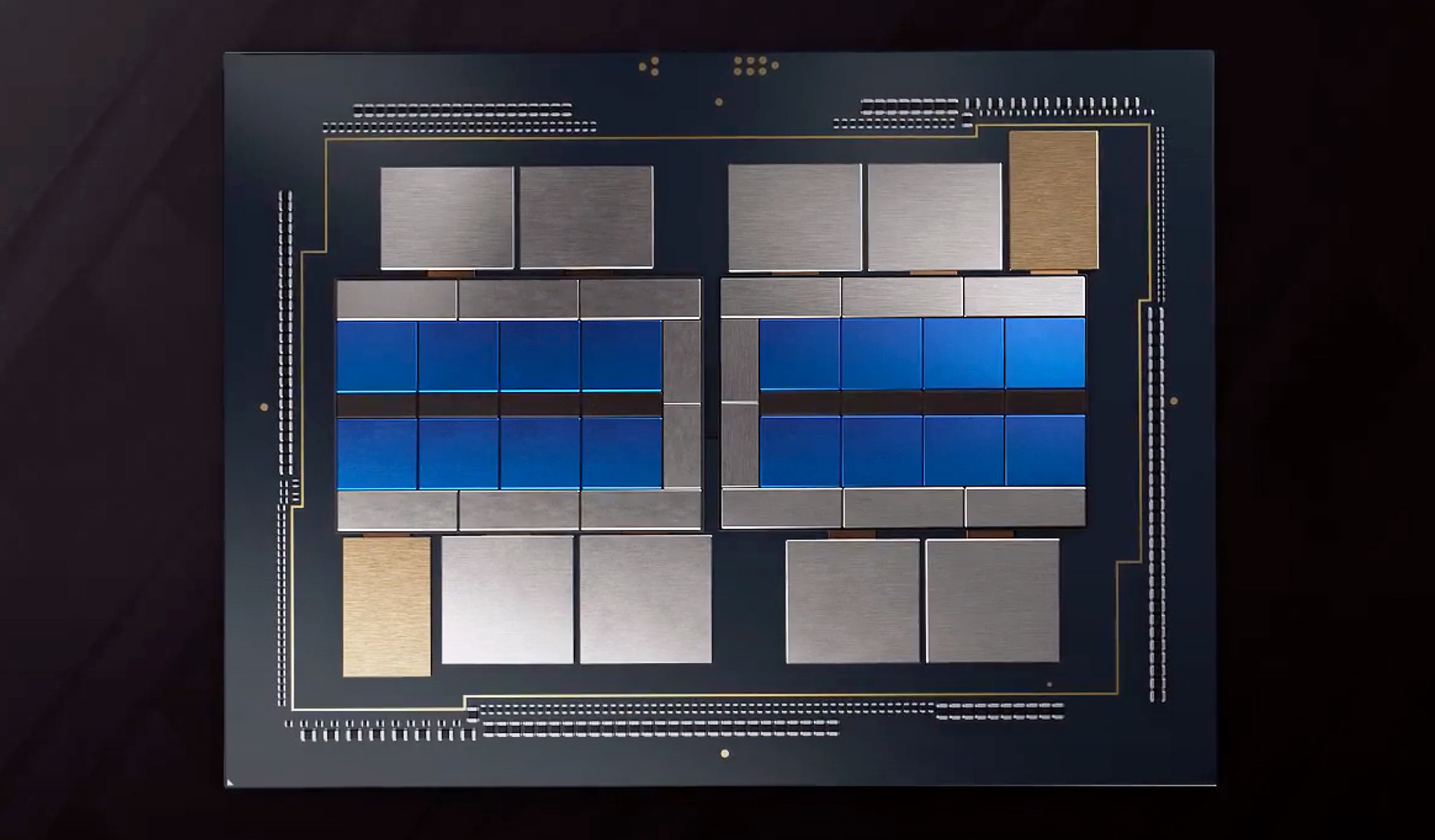New Intel documents shared via Komachi_Ensaka have emerged, providing more details on Intel’s upcoming “Ponte Vecchio” Xe-HPC graphics card in its Open Accelerator Module (OAM) presentation. As opposed to the PCIe form factor, the OAM is perfect for environments where scalability is a top priority.
Ponte Vecchio isn’t a small GPU by any means, even though it can fit in the palms of your hands. With over 100 billion transistors, Ponte Vecchio is comprised of up to 47 tiles (or chiplets — whatever you want to call them.) It holds 16 Xe HPC compute tiles, eight Rambo cache tiles, two Xe base tiles, 11 EMIB links, two Xe Link I/O tiles and eight HBM stacks.
While Intel has teased that Ponte Vecchio delivers up to 1 PetaFLOP of pure performance, the chipmaker has kept the finer details under wraps. The leaked documents add one more piece to the puzzle: Ponte Vecchio’s thermal design power (TDP).
Image 1 of 2
Image 2 of 2
According to the documents shared via Komachi_Ensaka, a respected hardware leaker, Intel will offer Ponte Vecchio as a single OAM that’s rated for 600W. It’s a pretty substantial TDP, which would explain the need for liquid cooling. At this time, it’s uncertain if Intel will offer Ponte Vecchio with lower thermal requirements, allowing for air cooling.
Unlike the best graphics cards for gaming, the Xe-HPC is all about high-performance computing and will debut in Argonne National Laboratory’s upcoming exascale Aurora supercomputer. The supercomputer, which is valued up to $500 million, features over 9,000 nodes whereby each node leverages a pair of core-heavy Intel Xeon Scalable “Sapphire Rapids” processors and six Ponte Vecchio graphics cards. Intel never specified if Aurora will employ the Ponte Vecchio 600W OAM, but given the magnitude of the infrastructure, it probably will.
